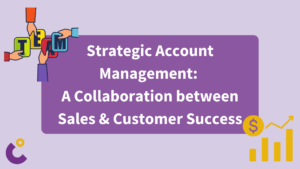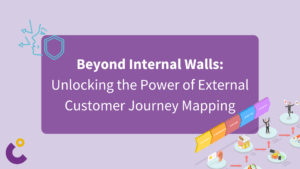
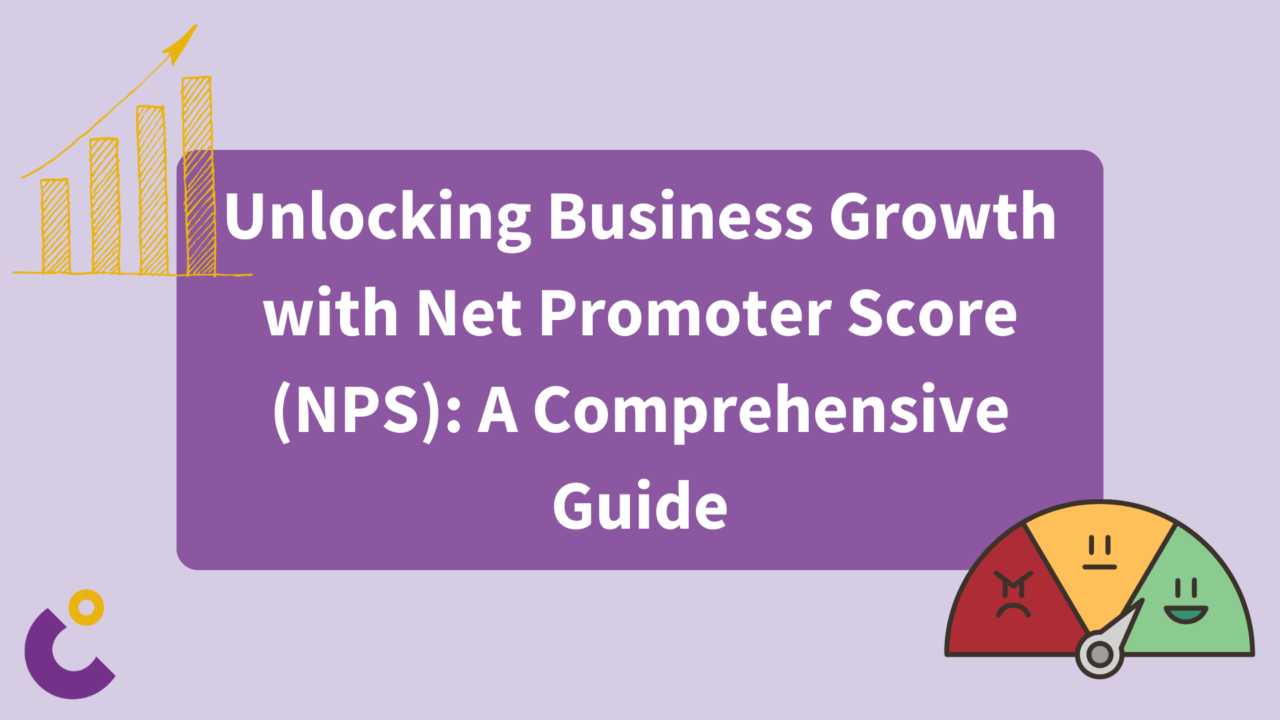
Unlocking Business Growth with Net Promoter Score (NPS): A Comprehensive Guide
When it comes to measuring customer loyalty and satisfaction, there’s a shining star in the metrics universe, and it’s called Net Promoter Score (NPS). In our previous blog post we explained the difference between NPS, CSAT and CES, now we will focus exclusively on NPS. The Net Promoter Score (NPS) is a key tool when it comes to measuring customer loyalty and collecting, analyzing and improving overall customer sentiment.
What is Net Promoter Score (NPS)?
Net Promoter Score is a metric used to assess the likelihood of customers to recommend a company’s products or services to others. It operates on a scale from 0 to 10, categorizing respondents into three groups:
- Promoters (9-10): Enthusiastic customers likely to recommend the brand.
- Passives (7-8): Satisfied but not enthusiastic customers, susceptible to competitive offers.
- Detractors (0-6): Unhappy customers who could potentially harm the brand through negative word-of-mouth.
How NPS is Measured and Analyzed
To calculate NPS, surveys typically ask a simple question: “On a scale of 0 to 10, how likely are you to recommend our product/service to a friend or colleague?” Once collected, responses are segmented into the aforementioned groups and the NPS is determined by subtracting the percentage of Detractors from the percentage of Promoters.
Analyzing NPS involves more than just a number; it entails understanding the underlying reasons behind customer sentiments. Qualitative data, obtained through follow-up questions or feedback, unveils actionable insights, helping companies pinpoint areas for improvement and leverage strengths.

Benefits of implementing Net Promoter Score
- Customer Retention & Growth
A better understanding of loyalty drivers and will help to retain and grow customers. Additionally, NPS identifies dissatisfied customers before they churn, enabling proactive measures to rectify issues and retain them. - Deeper Understanding of Customers
Allows to have an up-to-date pulse on customer sentiment/engagement and better prioritize initiatives. - Continuous Process Improvement
Customer sentiment will identify pain points across the business as well as what’s working. By addressing feedback, companies elevate their services, fostering better customer experiences and loyalty. - Advocacy Efforts & Referral Marketing
Provides word of mouth referrals, increases case studies, references, positive reviews and more. - Employee Engagement
NPS serves as a fundamental KPI, aligning departments towards a common goal of customer satisfaction and loyalty. Employees get to experience firsthand the difference they are making in customers’ lives.
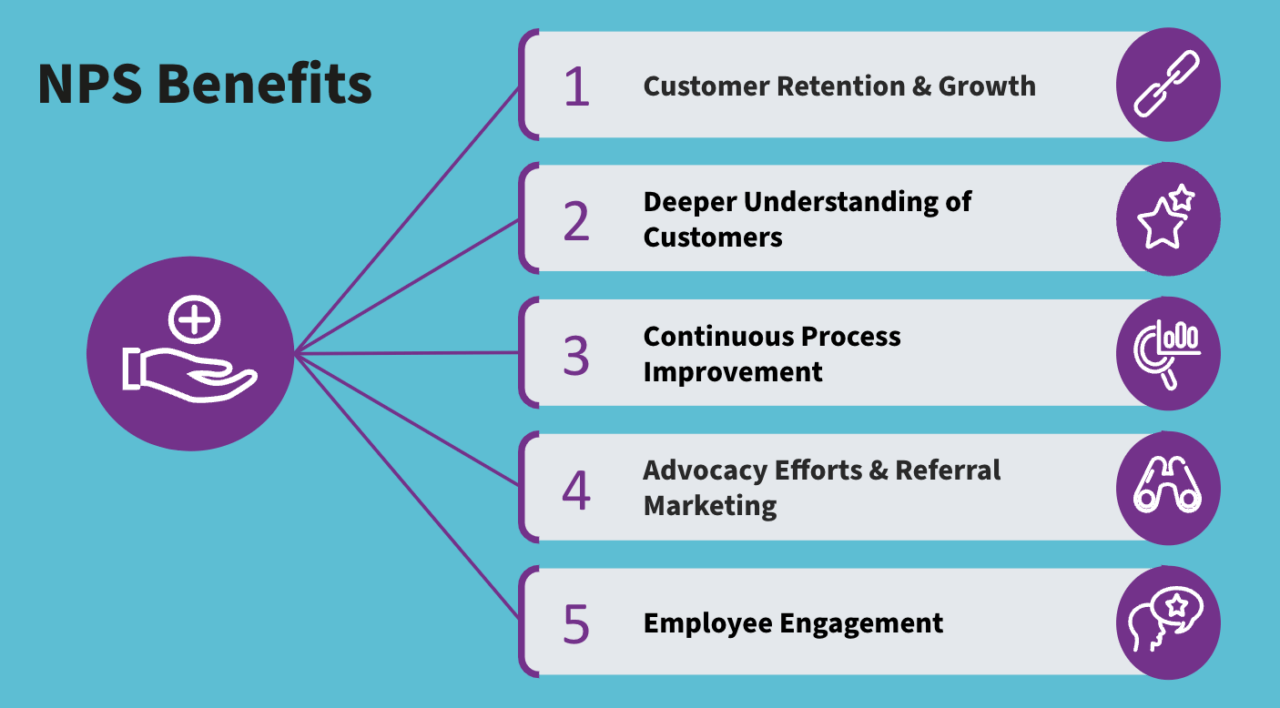
The Power of Creating more promoters and fewer detractors
Small improvements in retention will have a big impact on company value over time – some statistics that speak for themselves:
- To establish the correlation between relative Net Promoter Scores and growth, Bain & Company identified that in most industries, Net Promoter Scores explained roughly 20% to 60% of the variation in organic growth rates among competitors. On average, an industry’s Net Promoter leader outgrew its competitors by a factor greater than two times. In other words, a company’s NPS is a good indicator of its future growth. But the relationship is stronger in some industries than in others.
- Referral leads convert 30% better than leads generated from other marketing channels and have a 16% higher lifetime value. Customers referred by other customers have a 37% higher retention rate and are 4 times more likely to refer more customers to your brand (Source: Invesp)
- A 2% increase in customer retention has the same effect as decreasing costs by 10% (Source: Leading on the Edge of Chaos, Emmet Murphy & Mark Murphy)
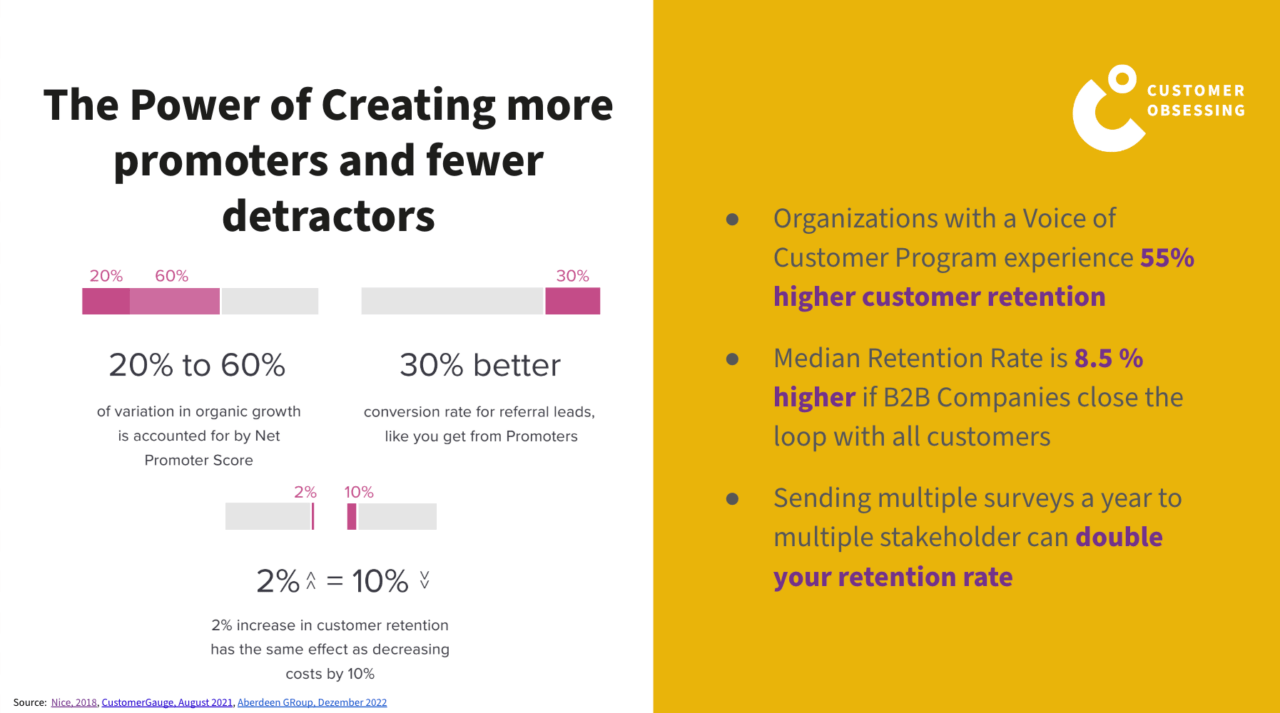
How to use NPS?
After explaining why using NPS is a good idea, let’s jump into how to use it practically. NPS transcends being just a metric; it’s a strategic tool that empowers businesses to align their efforts with customer needs, fostering sustainable growth and competitive advantage. Its simplicity and actionable insights make it indispensable across industries, from e-commerce giants to service-oriented startups. Remember, the key to success isn’t just in measuring NPS but in using its insights to drive meaningful change. It’s time to turn those insights into real, tangible improvements that enhance the customer experience and drive revenue!
Transforming NPS Feedback into Tangible Improvements
📊 Feedback Analysis:
Dive deep into NPS feedback, categorizing it by recurring themes and issues. Unearth actionable insights that shed light on specific areas needing attention.
🎯 Prioritize Changes:
Once you have a comprehensive understanding of customer pain points, prioritize changes based on their potential impact. Consider both short-term quick wins and long-term strategic improvements.
🏢 Cross-Functional Collaboration:
Involve teams across your organization in the improvement process. Collaborate to address issues holistically, ensuring a cohesive approach that enhances the entire customer journey.
💼 Implement and Iterate:
Take the insights and action plans and put them into practice. Continuously monitor the impact of these changes on NPS scores, customer satisfaction, and revenue.
📈 Measure Success:
Establish clear metrics to track the effectiveness of your changes. Monitor NPS trends, customer retention rates, and revenue growth to validate the impact of your efforts.
Maximizing the Impact of NPS
By methodically analyzing NPS feedback, prioritizing changes, fostering cross-functional collaboration, and measuring success, you’ll not only enhance the customer experience but also drive substantial business growth. So how could that look like in real life? Let’s get hands-on and see how NPS data can drive meaningful change, department by department!
🔍 Customer Support:
- Identify recurring customer pain points from NPS comments and work to resolve them proactively.
- Monitor response times and resolution rates to ensure swift support, based on NPS feedback.
📊 Product Development:
- Use NPS data to gauge the impact of recent product changes on customer satisfaction.
- Prioritize features and updates based on NPS feedback to align with customer needs.
📈 Sales and Marketing:
- Leverage NPS insights to tailor marketing campaigns, focusing on areas that resonate positively with customers.
- Train sales teams to address concerns raised in NPS comments during client interactions.
💼 Company-Wide:
- Establish cross-functional NPS teams to continuously analyze data and suggest improvements.
- Celebrate successes and recognize departments with outstanding NPS contributions.
Long story short - Net Promoter Score as one central company metric
In the dynamic realm of customer-centricity, Net Promoter Score stands as a beacon, guiding businesses towards customer satisfaction, retention, and ultimately, growth. Leveraging NPS isn’t just about a number; it’s about understanding customers, refining strategies, and continuously evolving to meet their needs.
Integrate NPS into your business today and unlock the power of customer advocacy and loyalty, propelling your brand towards new heights.
This might also interest you


Beyond Internal Walls: Unlocking the Power of External Customer Journey Mapping
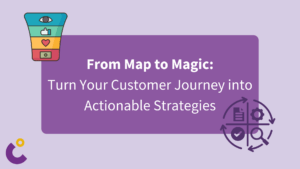
From Map to Magic: Turn Your Customer Journey into Actionable Strategies

Decode Your Customer Journey: A Step-by-Step Guide to Mapping Success

Beyond the Score: Transforming Net Promoter into a Growth Engine – Net Promoter System
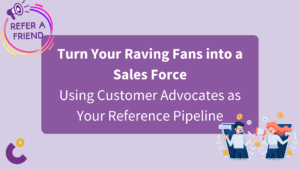
Turn Your Raving Fans into a Sales Force: Using Customer Advocates as Your Reference Pipeline
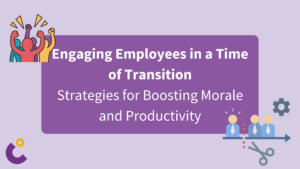
Engaging Employees in a Time of Transition: Strategies for Boosting Morale and Productivity
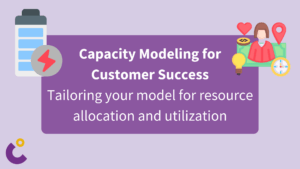
Capacity Modeling for Customer Success
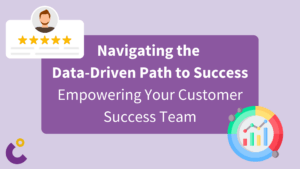
Data Driven Customer Success
